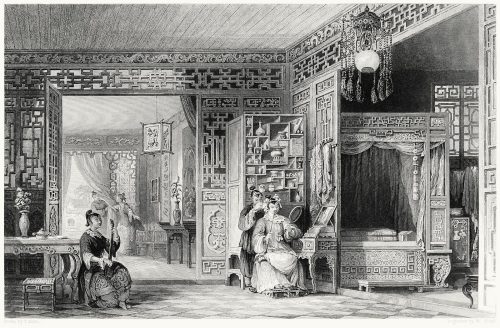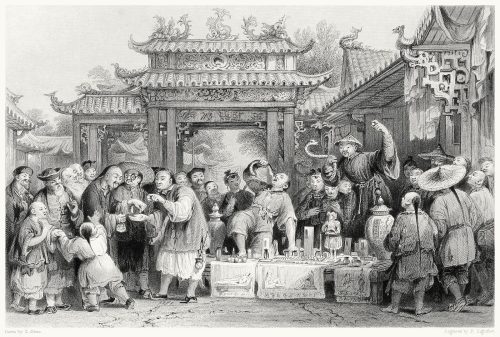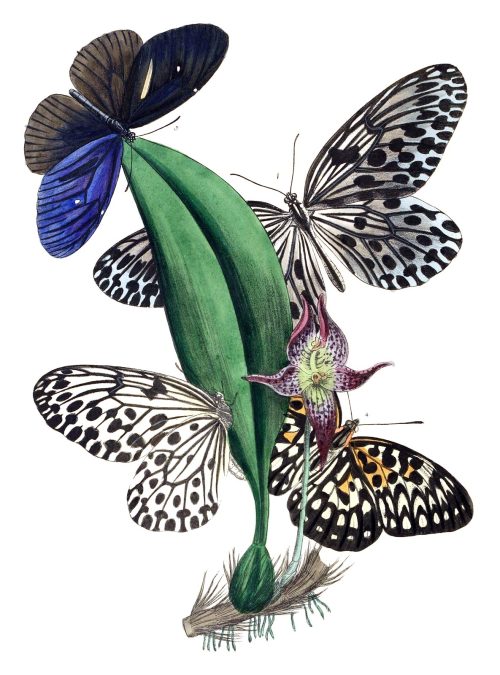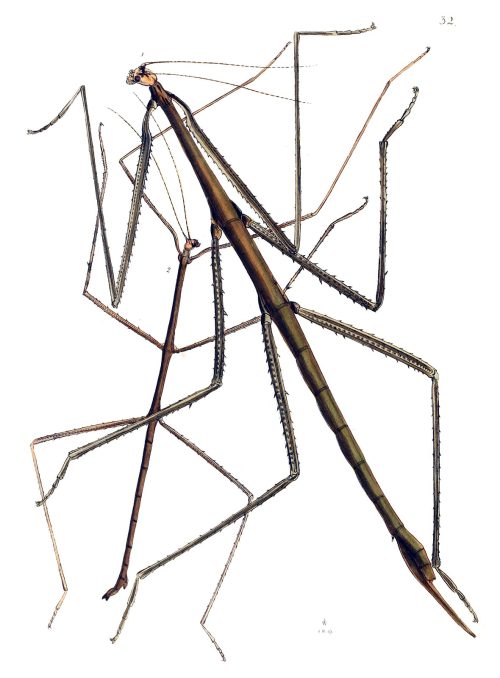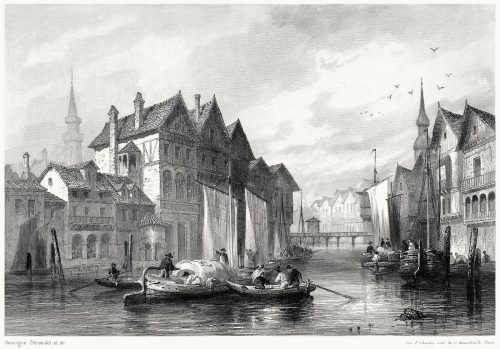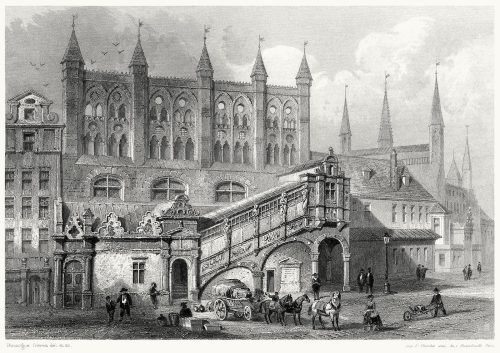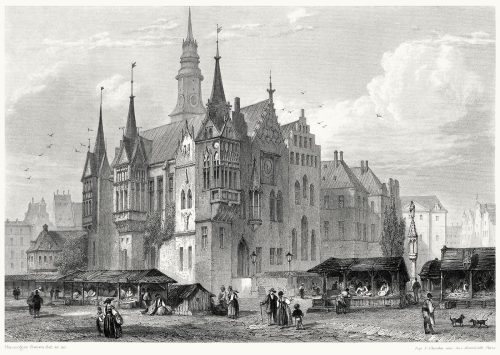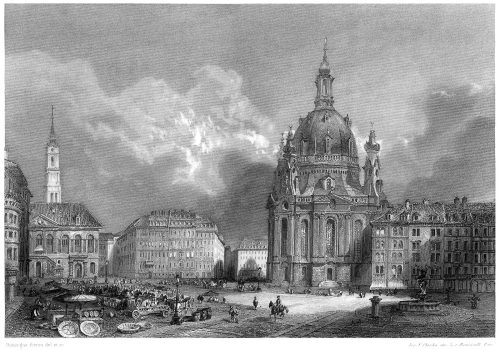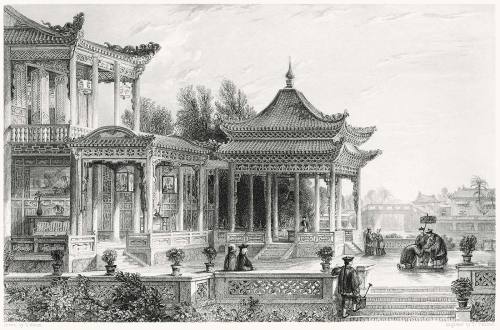
Pavilion of the Star of Hope, Tong Chow (?).
Thomas Allom, from China vol. 2, by George Newenham Wright, London, circa 1843.
Thomas Allom, from China vol. 2, by George Newenham Wright, London, circa 1843.
George Newenham Wright (c. 1794–1877) was an Irish writer and
Anglican clergyman. He was born in Dublin; his father, John Thomas Wright was a
Doctor. He graduated B.A. from Trinity College in 1814 and M.A. in 1817. He
held several curacies in Ireland before moving to St Mary Woolnoth, London.
By 1851, he was a teacher of classics,
resident in Windsor with his wife. In 1861 he noted having a number of pupils
boarding with him at Frome. By 1863 he was master of Tewkesbury Grammar School
From the 1820s to the 1840s some minor
topographical works and schoolbooks on subjects ranging from the Greek language
to biography and philosophy by Wright were published.
List of works
· Historical Guide to Ancient and Modern Dublin (Petrie, George, illustrator).
·
Ireland
Illustrated
·
Scenes
in North Wales. London: T. T. & J. Tegg; reissued: ISBN 978-0-217-54512-9
·
China
(Allom, Thomas, illustrator) London: Fisher, Son & Co.
·
The
Chinese Empire illustrated. London : London Printing & Publishing Co.,
[1858, 59.]
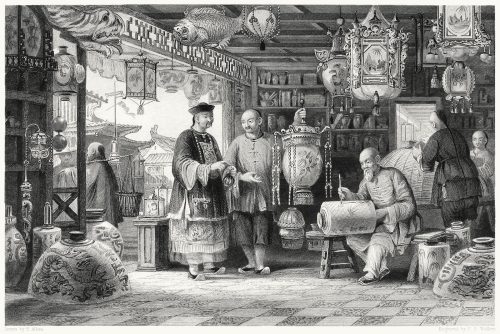
Showroom of a lantern merchant at Beijing.
